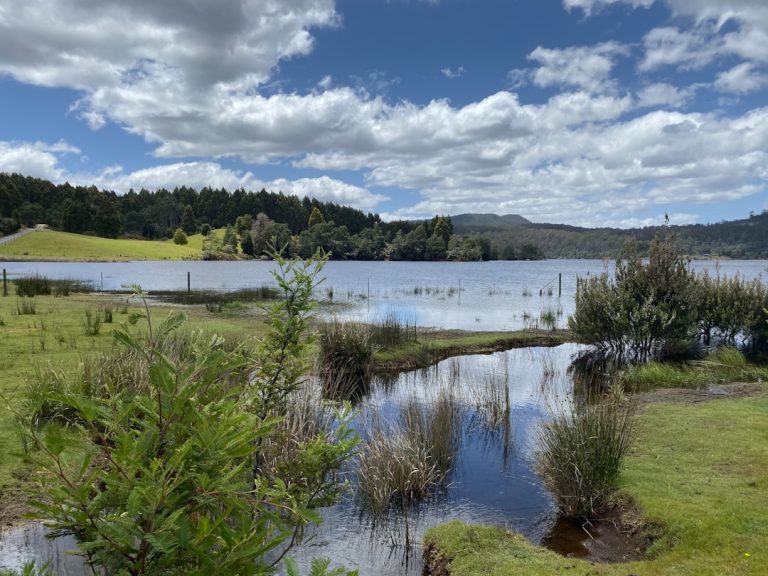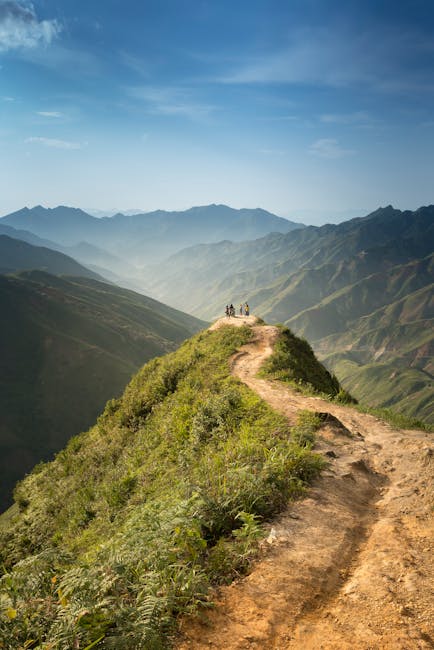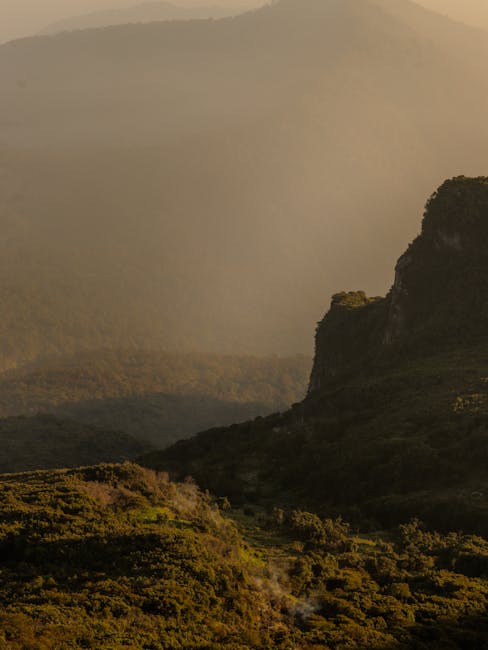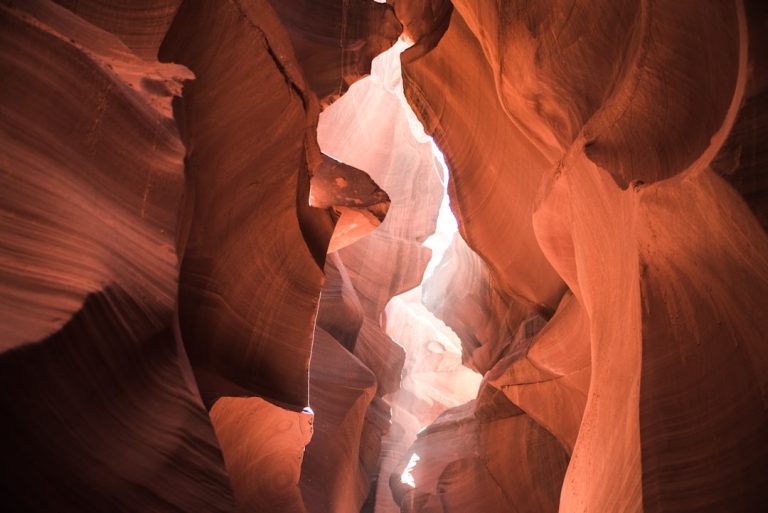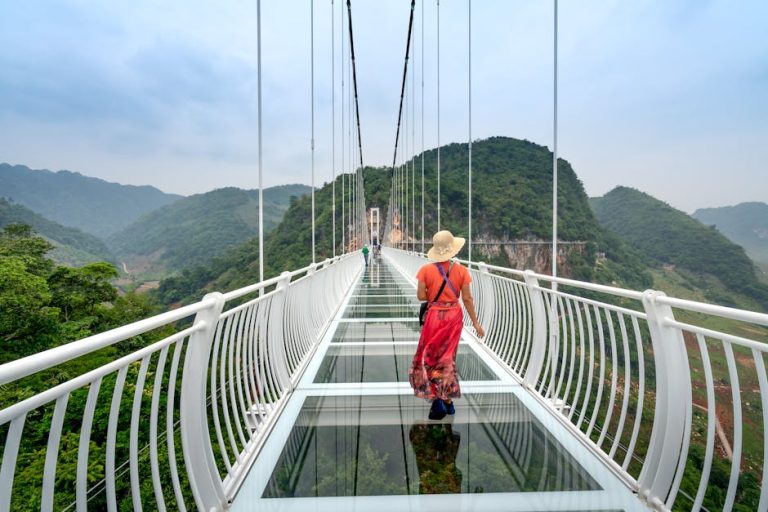Arizona might be famous for its deserts and the Grand Canyon, but did you know it also hides some incredible waterfalls? When people talk about a “Canyon of Waterfalls” in Arizona, they’re usually thinking about Havasu Canyon, home to the breathtaking Havasupai waterfalls. It’s a little piece of paradise tucked away in the desert, and it’s worth knowing all about it if you’re planning an adventure!
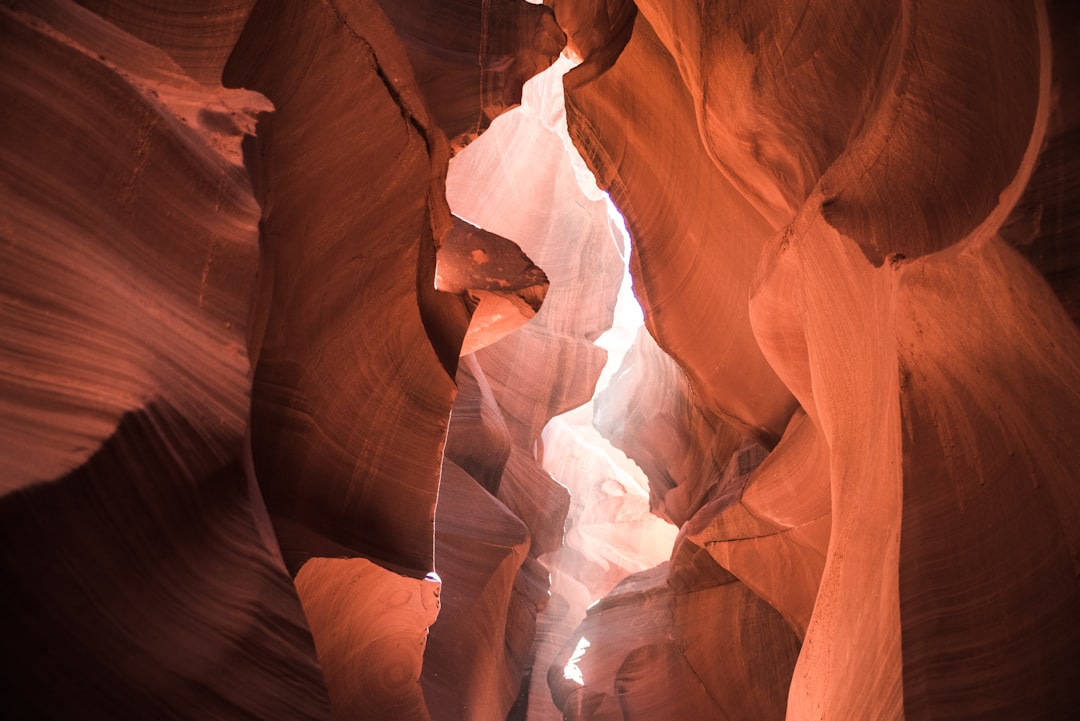
Exploring Havasu Canyon’s Waterfalls
Havasu Canyon is located near the Grand Canyon, and it’s part of the Havasupai Indian Reservation. “Havasupai” means “people of the blue-green waters,” which gives you a hint about the color of the waterfalls and pools you’ll find there. The water’s amazing turquoise color comes from the high levels of calcium carbonate in the water.
Here are some of the most spectacular waterfalls you can discover in Havasu Canyon:
Havasu Falls
Havasu Falls is probably the most well-known and photographed waterfall in the canyon. It plunges nearly 100 feet (about 30 meters) into a beautiful blue-green pool. It’s the perfect place for a refreshing swim on a hot Arizona day. The surrounding area is lush and green, creating a stunning contrast with the red rocks of the canyon walls.
Navajo Falls
Navajo Falls is actually made up of two separate falls, often referred to as Upper Navajo Falls and Lower Navajo Falls. Upper Navajo Falls is smaller and more secluded, while Lower Navajo Falls is more easily accessible and has a larger pool for swimming. Both are incredibly scenic and offer great photo opportunities.
Fiftyfoot Falls
As the name suggests, Fiftyfoot Falls is roughly 50 feet tall, and it’s a beautiful cascade that flows into a clear pool. It’s a bit less crowded than Havasu Falls, so it’s a great option if you’re looking for a quieter spot to relax and enjoy the scenery.
Mooney Falls
Mooney Falls is the tallest of the Havasupai waterfalls, dropping a whopping 200 feet (around 60 meters). Getting to the bottom of Mooney Falls is an adventure in itself. You have to descend a steep and slippery cliff face using chains and ladders. It’s not for the faint of heart, but the view from the bottom is absolutely worth it. Be extremely careful and wear appropriate footwear if you attempt this hike.
Beaver Falls
While a bit further down the canyon, Beaver Falls is another stunning area well worth the hike. It requires a longer trek past Mooney Falls and involves some creek crossings and climbing, but the multiple tiers of waterfalls and serene pools make it a highlight for many visitors. It’s often less crowded than the more easily accessible falls.
Planning Your Trip to Havasu Canyon
Visiting Havasu Canyon requires careful planning because it’s a popular destination and permits are required to hike and camp there. Here are some important things to keep in mind:
Permits: You absolutely need a permit to visit Havasu Canyon. Permits are only available online through the Havasupai Tribe’s website. Reservations open up many months in advance, usually in February, and they sell out incredibly fast. You need to create an account and be ready to book as soon as the reservations open.
Reservations: All reservations are for a minimum of three nights. Day trips are not allowed. This ensures that visitors have enough time to hike in and out of the canyon and enjoy the waterfalls.
The Hike: The hike into Havasu Canyon is about 10 miles (16 kilometers) each way, starting from Hualapai Hilltop. It’s a challenging hike, especially with a backpack, so be prepared. The trail is mostly downhill on the way in, but that means it’s uphill on the way out!
Packing Essentials: Pack light but smart. Essentials include plenty of water (at least 4 liters per person per day), snacks, sunscreen, a hat, sturdy hiking shoes, a swimsuit, a towel, and a first-aid kit. If you’re camping, you’ll also need a tent, sleeping bag, and cooking gear.
Respect the Environment: Havasu Canyon is a sacred place for the Havasupai people. Be respectful of their land and culture. Pack out everything you pack in, stay on designated trails, and avoid disturbing the natural environment.
Safety Tips for Visiting Havasu Canyon
Your safety should always be your top priority when visiting Havasu Canyon. Here are some essential safety tips:
Stay Hydrated: The Arizona desert can be extremely hot and dry, especially during the summer months. Drink plenty of water throughout the day to avoid dehydration. Carry a water filter or purification tablets as a backup.
Be Aware of Flash Floods: Havasu Canyon is prone to flash floods, especially during monsoon season (July-September). Check the weather forecast before you go and be aware of the signs of a flash flood, such as rapidly rising water levels or a sudden increase in debris in the water. If a flash flood occurs, seek higher ground immediately.
Watch Your Step: The trails in Havasu Canyon can be rocky and uneven. Wear sturdy hiking shoes with good ankle support and watch your step to avoid trips and falls. Be extra careful near the waterfalls, as the rocks can be slippery.
Protect Yourself from the Sun: The Arizona sun is intense. Wear sunscreen, a hat, and sunglasses to protect yourself from sunburn and heatstroke. Try to avoid hiking during the hottest part of the day.
Know Your Limits: The hike into Havasu Canyon is challenging. Be honest about your fitness level and don’t push yourself too hard. Take breaks as needed and listen to your body.
Frequently Asked Questions
What is the best time of year to visit Havasu Canyon?
The best time to visit Havasu Canyon is during the spring (March-May) or fall (September-November) months. The weather is milder during these times of year, and the risk of flash floods is lower. Summer can be extremely hot, and winter can be cold, with the possibility of snow.
How difficult is the hike into Havasu Canyon?
The hike into Havasu Canyon is considered moderately difficult. It’s a 10-mile hike each way, with a descent of about 2,500 feet (760 meters). The trail is mostly downhill on the way in, but that means it’s uphill on the way out. Be prepared for rocky terrain and varying weather conditions.
Can I bring my kids to Havasu Canyon?
Bringing children to Havasu Canyon is possible, but it’s important to consider their age and fitness level. The hike is challenging, and younger children may have difficulty completing it. If you do bring children, make sure they are well-prepared with appropriate clothing, shoes, and plenty of water and snacks. Always keep a close eye on them near the waterfalls.
Are there any other waterfalls in Arizona besides Havasu Canyon?
Yes! While Havasu Canyon is the most famous, Arizona has other beautiful waterfalls. Some include Grand Falls (Chocolate Falls) near Flagstaff, which is impressive during the spring melt, and various smaller falls in areas like Fossil Creek and the White Mountains. Though not as grand as Havasu, these offer beautiful, less strenuous alternatives.
Havasu Canyon and its stunning waterfalls are a true gem of Arizona. While planning your trip requires effort and permits are hard to get, the experience of swimming in turquoise waters beneath towering waterfalls is unforgettable. Remember to prioritize safety, respect the environment, and embrace the adventure!

